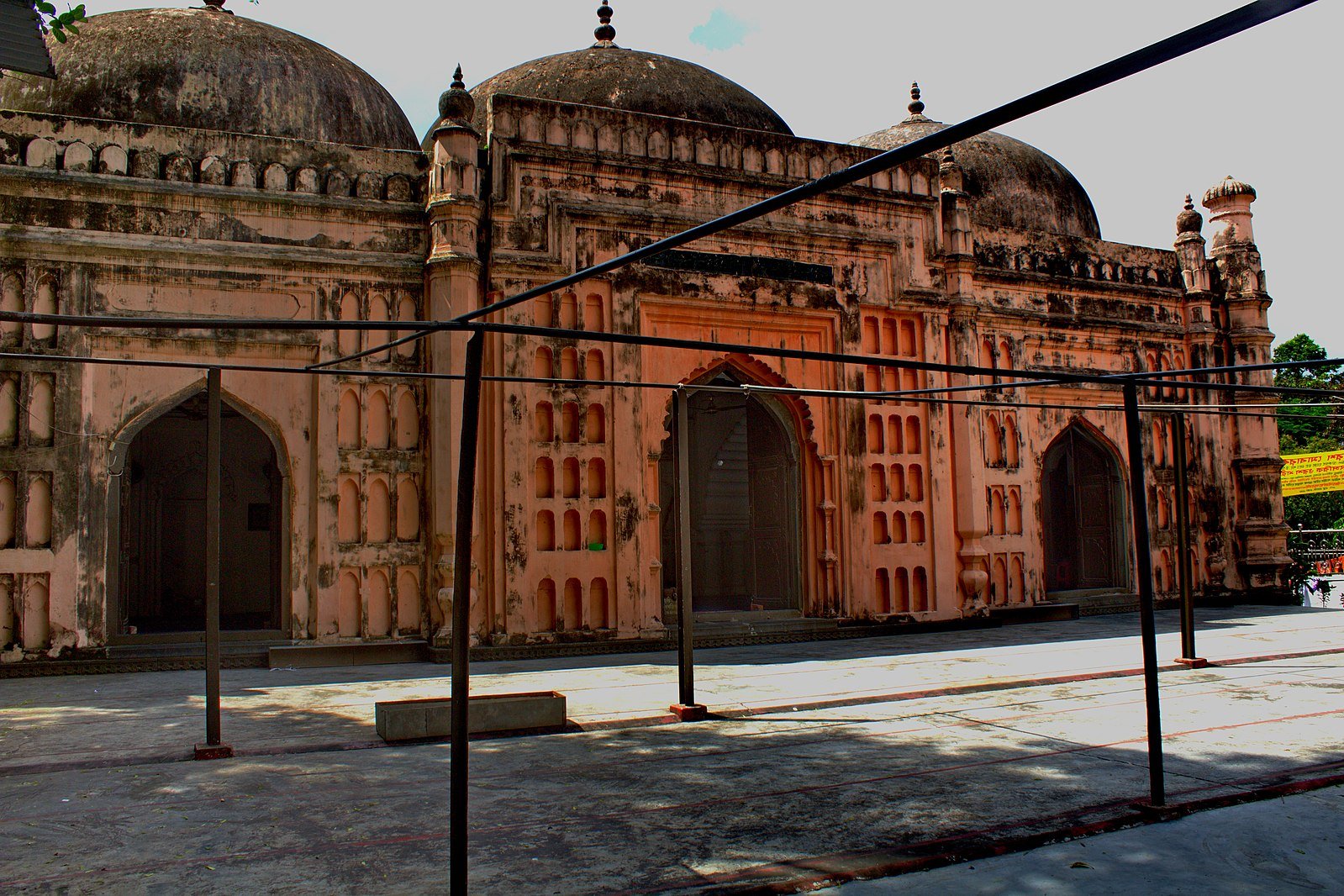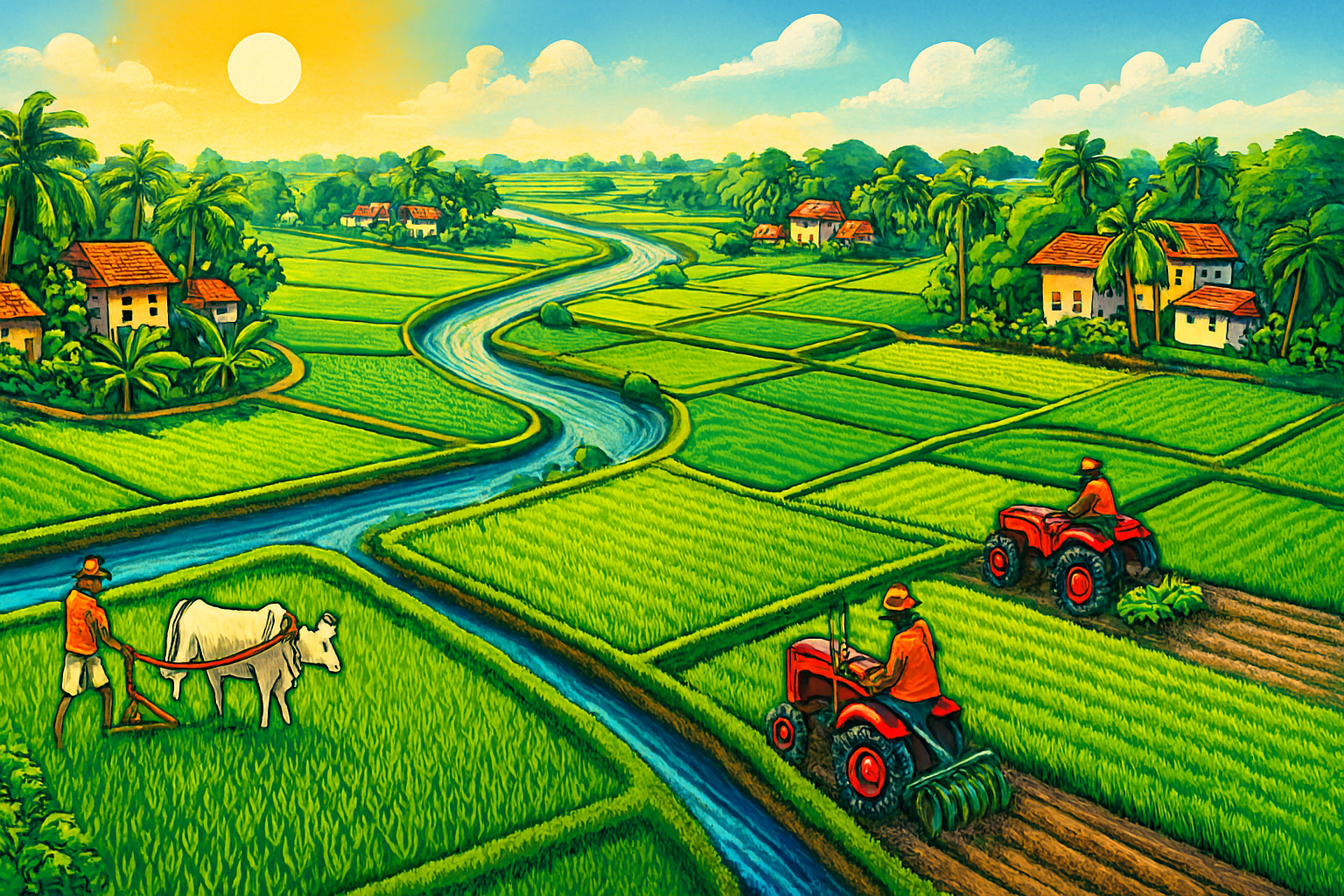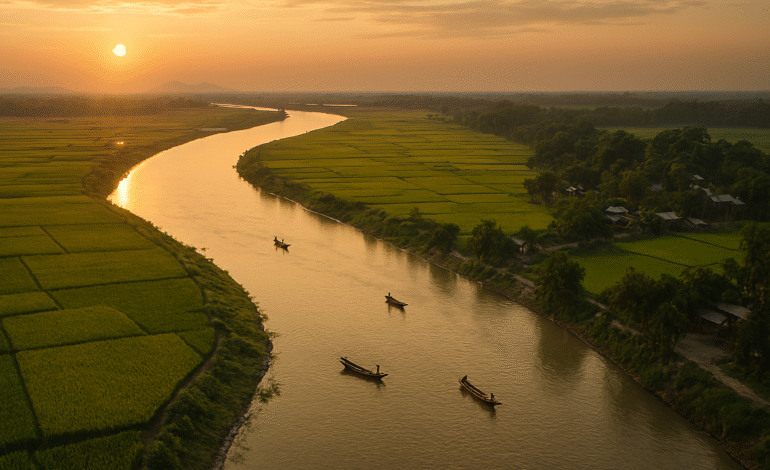Why the Teesta River Is Important for Bangladesh
The Teesta River is not just a waterway—it is a lifeline for millions living in northern Bangladesh. Flowing from the icy glaciers of the eastern Himalayas to the fertile plains of the Rangpur region, the Teesta River nourishes the land, sustains communities, and fuels the agricultural economy. However, this vital river has also become a symbol of geopolitical tension, as Bangladesh and India struggle to reach an agreement on fair water sharing. Understanding the Teesta’s importance is essential to appreciating its environmental, economic, and political significance for Bangladesh.
A Brief Description of the Teesta River
The Teesta River originates from the Teesta Khangse Glacier, located in the eastern Himalayas of Sikkim, India. It travels approximately 315 kilometers, flowing through Sikkim and West Bengal before entering Bangladesh through the Lalmonirhat district. In Bangladesh, the river winds through the fertile plains of Nilphamari, Rangpur, and Kurigram, before merging with the Brahmaputra (Jamuna) River near Chilmari.
The river’s flow is highly seasonal—monsoon rains turn it into a mighty torrent, while in the dry season, the water level drops drastically. Historically, the Teesta has been prone to flooding, but now it faces a different crisis: reduced flow caused by upstream water diversion projects in India. Despite these challenges, it remains a lifeline for agriculture, ecology, and human livelihoods in northern Bangladesh.
Agricultural Importance of the Teesta River
For Bangladesh, the Teesta River plays a crucial role in sustaining the agricultural heartland of the country’s northern districts. The river irrigates vast tracts of farmland, supporting crops like rice, maize, jute, and vegetables. The Teesta Barrage Project, constructed at Dalia in Lalmonirhat, was designed to control floods, improve irrigation, and enhance food production.
Through the barrage, water from the Teesta is distributed via an extensive network of canals, benefiting nearly 750,000 hectares of cultivable land in Rangpur, Nilphamari, and Lalmonirhat. Farmers depend heavily on its water to ensure two or even three crop cycles per year. When the water flow is adequate, agricultural yields rise, contributing to food security and rural income. However, in the dry season, when the river shrinks, irrigation becomes nearly impossible, forcing farmers to rely on expensive groundwater pumping or to abandon their fields entirely.
Ecological and Environmental Significance
Beyond agriculture, the Teesta River is an ecological treasure. Its basin is home to a diverse range of flora and fauna, including migratory birds and freshwater fish species that sustain local fisheries. Wetlands and floodplains connected to the river act as natural water reservoirs, supporting biodiversity and regulating local climate conditions.
However, the declining water flow due to upstream diversions and climate change has disrupted this delicate balance. Reduced water levels have led to riverbed siltation, loss of aquatic biodiversity, and the drying up of wetlands, which threatens both the ecosystem and the livelihoods of communities who depend on fishing and farming. Protecting the Teesta’s ecological health is therefore not only an environmental priority but also a social and economic one.
Socioeconomic Impact of the Teesta River
The Teesta River directly influences the lives of more than 20 million people in northern Bangladesh. It provides water for drinking, irrigation, fisheries, and small-scale industries. Many communities also rely on the river for transportation, trade, and cultural practices.
In villages along the Teesta’s banks, the river shapes local identity and traditions. Festivals, folklore, and music in Rangpur and Lalmonirhat often celebrate the river as a symbol of life and resilience. But when the water flow decreases, the same communities face hardship. Shrinking riverbeds reduce fish catches, farmers lose crops, and seasonal unemployment rises. The economic ripple effect can push entire families into poverty.
The Teesta Water-Sharing Dispute Between Bangladesh and India
The Teesta River is also a key geopolitical issue in South Asia. Bangladesh and India have long been negotiating how to share its waters equitably. The dispute dates back to the partition of the subcontinent, but it intensified after India built the Gajoldoba Barrage in West Bengal during the 1980s to divert water for irrigation.
Since then, Bangladesh has complained of reduced water flow, particularly during the dry months from December to May. This seasonal scarcity severely affects farming and livelihoods in the northern region.
A draft Teesta water-sharing agreement was finalized in 2011, proposing that India would receive 42.5% and Bangladesh 37.5% of the Teesta’s water flow. However, the deal was never signed due to opposition from the West Bengal state government, which argued that sharing more water would hurt its own agricultural needs. As a result, the issue remains unresolved, and Bangladesh continues to face significant water shortages.
Diplomatic efforts have continued at various levels, with both countries expressing willingness to find a solution. China has also shown interest in assisting Bangladesh with a Teesta River management project, which has added another layer to the strategic dimension of the dispute.
The Future of the Teesta River
The future of the Teesta River will depend on how effectively Bangladesh and India can cooperate to ensure fair water distribution and sustainable management. Experts emphasize the need for joint hydrological monitoring, transparent data sharing, and climate-adaptive water management strategies.
Moreover, addressing the Teesta issue goes beyond politics—it’s about human survival and regional stability. For Bangladesh, equitable access to Teesta’s waters could transform the northern region into a model of sustainable rural development. For India, resolving the dispute would reinforce its role as a responsible neighbor and strengthen bilateral relations.
Bangladesh has already taken steps toward better river basin management, exploring modern irrigation technologies and water conservation techniques. Community-based initiatives along the Teesta’s banks aim to balance agriculture, ecology, and livelihoods through more efficient water use and ecosystem restoration.
The Teesta River is the heartbeat of northern Bangladesh—a source of food, water, and cultural identity. Its waters irrigate fields, sustain ecosystems, and shape the lives of millions. Yet, it is also a reminder of the delicate balance between nature, politics, and human ambition.
Ensuring a fair and sustainable future for the Teesta River requires cooperation, empathy, and innovation. A lasting agreement between Bangladesh and India could not only rejuvenate agriculture and ecology in the Teesta basin but also serve as a model for regional water diplomacy.
In a country where rivers define destiny, the Teesta continues to flow—not just through land and soil, but through the hopes of a nation that depends on its eternal rhythm.








